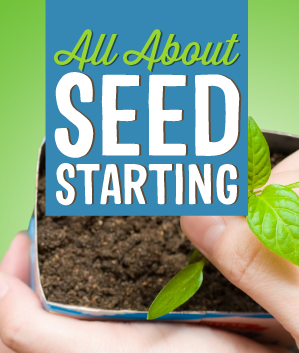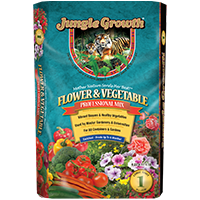Starting seeds indoors in February or March is a great way to get a head start, and it can help cure those winter blues.
It also allows you to grow unusual vegetable or flower varieties that won’t be available as starter plants in your local nursery or garden center.
Seed starting is easy and requires little equipment. All you need is a shallow planting tray or pot, a good seed starting planting mix, a warm spot in your kitchen or basement, and patience.
Plant your seeds according to directions on each packet. Make sure the soil remains slightly moist by misting with a spray bottle. It is important to keep the soil from drying out or becoming too wet, both conditions will hinder germination or even kill the young seedling.
Many gardeners recommend covering the top of the planter with plastic wrap or glass to keep moisture in, but this is only necessary if you do not check once or twice a day for soil dryness.
After planting, place your seed starting tray and containers in a warm spot. The germination process requires no light, but a temperature of around 70 degrees Fahrenheit is vital. Check your planting trays daily for germination and moisture.
When seeds begin to sprout, move the planters to a sunny window, or set under a fluorescent shop lights positioned about 14” above planters. Plant food may be applied at anytime to hasten the seedlings’ growth.
At this point it is likely that your seedling will grow quickly. It will soon have to be moved to a larger container. When a second set of “true leaves” has appeared, you should then transplant your seedlings to individual pots or a tray with individual cells. Continue to mist daily if necessary, but allow the top of the soil to dry slightly between each watering.
As warm weather draws near in your region, start thinking about getting your seedlings used to the outdoors, also known as “hardening them off.” Set the pots or trays outdoors in a protected area, out of the direct sunlight and wind, for an hour or two to begin with, giving them progressively more time outdoors thereafter. Do not let the seedlings remain outdoors overnight because a frost might kill them all.
Also, do not let a sudden warm spell fool you into planting your seedlings in the ground too soon. When the last average date for frost has passed, you may then plant your plants into the ground.









